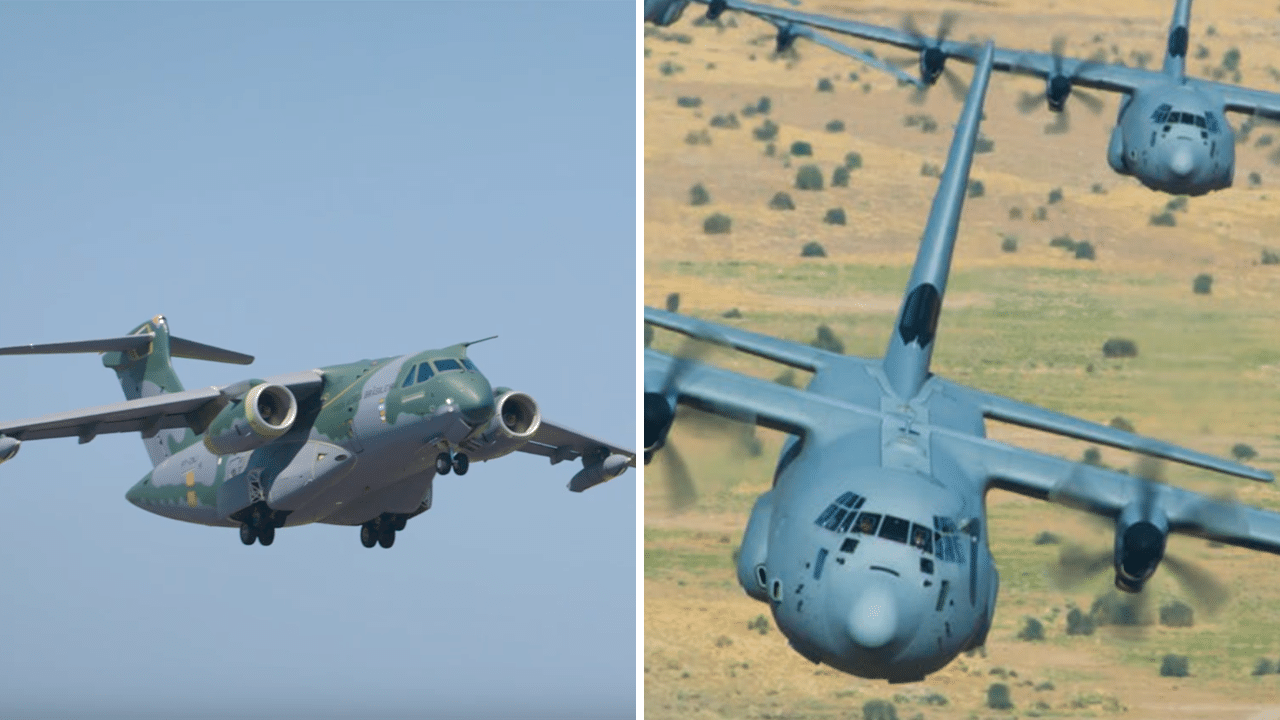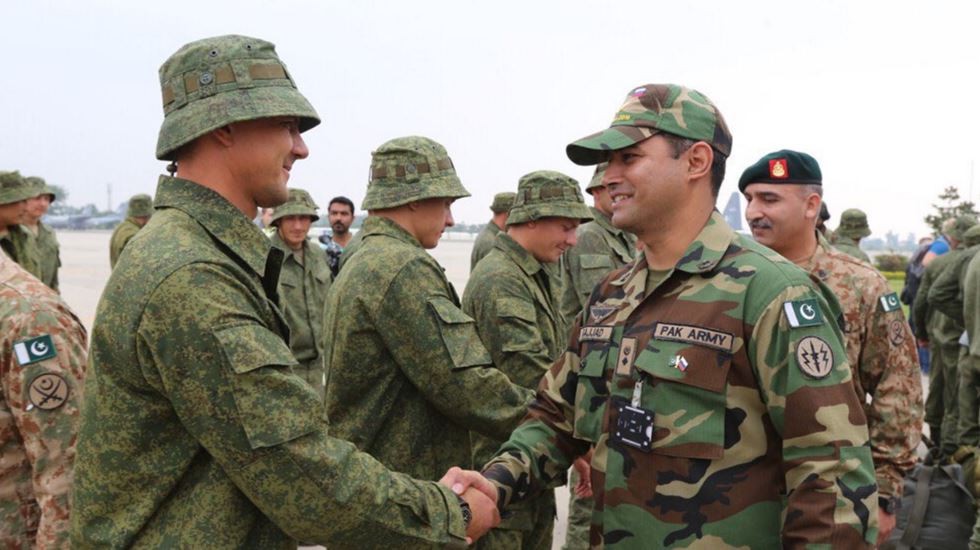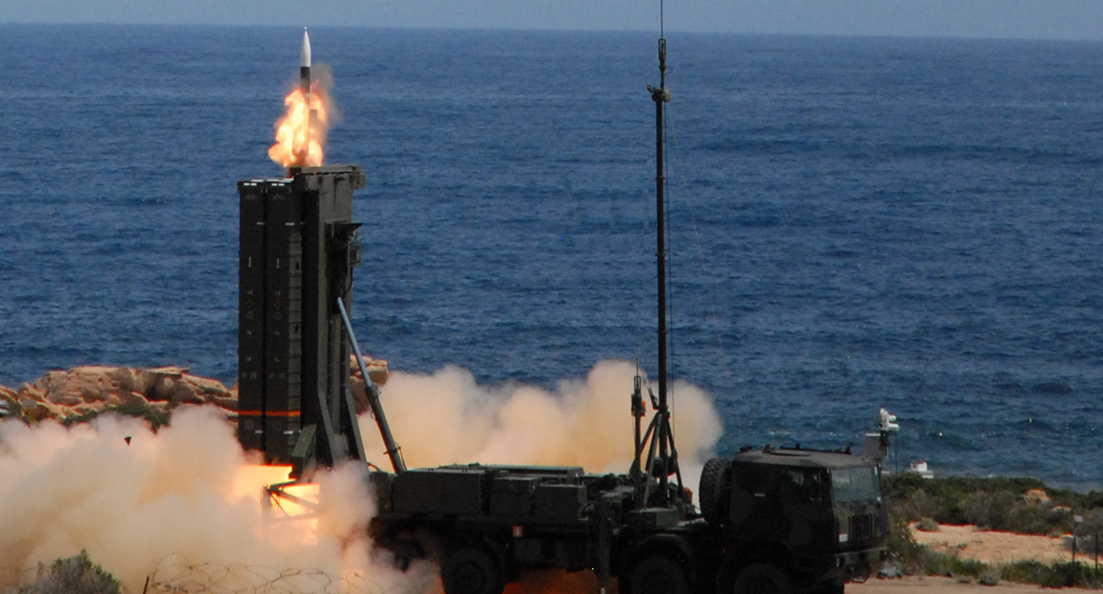2347Views 16Comments

Embraer and Lockheed Martin competing to win over legacy C-130 users
Embraer and Lockheed Martin are competing to win over legacy C-130 Hercules transport aircraft users with the KC-390 and C-130J/LM-100J, respectively.
At LAAD 2017, which took place last week in Rio de Janeiro, Lockheed and Embraer officials cited the 700-plus aging Lockheed Martin C-130s as a long-term opportunity for their respective aircraft.
As per Reuters, Embraer is confident that it could accrue annual KC-390 sales worth U.S. $1.5 billion, while Lockheed has little doubt in existing Hercules customers wanting to continue using the platform they trust through new models – the C-130J Super Hercules and LM-100J for military and civilian use, respectively.
The KC-390 is capable of ferrying 23 tons in cargo, which is on-par with the Hercules’ 22-ton capacity. The KC-390 is powered by two International Aero Engines (IAE) V2500-E5 turbofan engines, which provide the KC-390 with a range of 2,815 km at full-load. The IAI V2500-E5 is the same turbofan that powers the Airbus A320, and Embraer claims that this helps confer the KC-390 with arguably the lowest lifecycle costs among medium-lift transport aircraft. The KC-390 also doubles as an in-flight refuelling tanker; Embraer recently ran a dry-contact test with Brazilian Air Force (FAB) F-5s using Cobham’s Wing Air Refueling Pod system.
The C-130J-30 can fly 3,334 km at full-load (i.e. 22 tons) and is powered by four Rolls-Royce AE 2100D3 turboprop engines. Like its precursor variants, the Super Hercules can be flown from unfinished airstrips, and it possesses credible hot-and-high performance attributes. Like the KC-390, the C-130J-30 can double as an in-flight refuelling tanker. Unlike the KC-390 however, the C-130J-30 already has a strong customer base comprising of NATO and non-NATO users. Currently, Peru is considering to procure C-130Js.
Nonetheless, Embraer could see inroads. At LAAD, the Brazilian government announced that it will offer credit for its defence exports with terms for as long as 25 years, and that too with five-year grace periods. This program may provide Embraer a credible means to access cost-sensitive markets, particularly those seeking to reduce their dependence on Western suppliers. The FAB is scheduled to receive its first two KC-390s in 2017. Embraer is hoping to secure its first KC-390 customer in 2017. Embraer may also develop a civilian variant of the KC-390 to directly compete with the LM-100J.



16 Comments
by Amir
Is the PAF considering a replacement for its 1960 and 1970 era C-130s?
by Tibério Carneiro
Brazilian airplane is more modern and pretty cool!
by Bilal Khan
Nope. There has been some criticism surrounding the IL-78s in terms of noise and fuel efficiency, so that might be something Embraer could aim at.
by pstephenson@telus.net
Canada already has 16 new Hercules C130 J aircraft
by Andrew
hmmm…25 year credit with 5 year grace periods from the Brazilian government. Sounds suspiciously like government subsidies to me. Good thing Bombardier doesn’t build military transport aircraft.
by Aamir
The PAF IL 78’s are being upgraded by the Russians, any idea what that entails?
by U
But isn’t the IL-78 a heavier aircraft? Can it be replaced with a KC-390? Probably in the tanker role but still..
by Bilal Khan
The IL-78s were primarily sought for the tanker role. The heavy transport element is useful, but had the PAF been able to buy the A310 MRTT I doubt it would have gone for the IL-78.
by Bilal Khan
There’s one in Russia, but in the available documentation, I wasn’t able to spot anything regarding engine change. It’s mostly for repairing parts of the airframe.
by Aamir
I was hoping that they would be upgrading the engines + plus the avionics, they must have got these at a great bargain. Wonder if PAF will go for the C 130J… make very good sense.
by Bilal Khan
Yep the PAF got all 4 for $70-80 million. The acquisition price was great, but one has to be mindful of fuel and maintenance costs too. Ideally, the PAF’s refueling force would be comprised of repurposed airliners (highly efficient engines), but it couldn’t happen for one reason or another.
The PAF will have to get to the question of replacing the C-130B/Es eventually, but we’ll have to wait and see which platforms would be the leading competitors. Personal opinion, I think it’ll boil down to the C-130J and KC-390.
by Aamir
Yep the C 130 need to be replaced. I used to have a buddy in Sqn 6 who used to complain about them in 2001
by Gary Himert
A-330 MRTT?
by Bilal Khan
A310 MRTT, but by the time the PAF inquired, it was no longer an option.
by Rehan
C-130J is nice to have then KC-390 for Pakistan.
by Rehan
IL-78 is heaver and almost all manual controls and no flyby-wire system, not easy to handle.